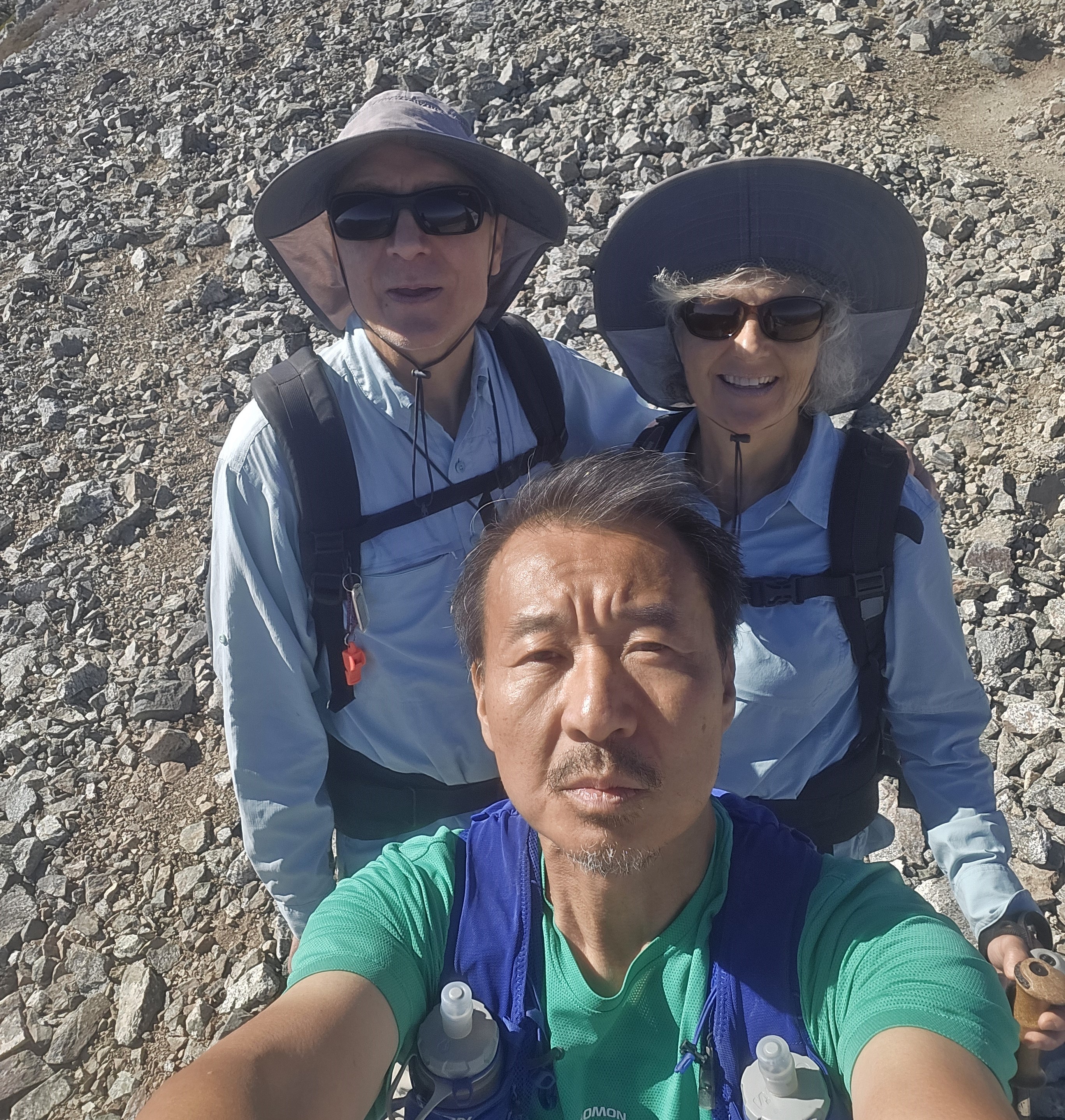TrailGenic Science
Redmond ReLyte: Clean Hydration, Fading Energy — A Field Analysis from Register Ridge

Purpose
The goal of this analysis was to evaluate Redmond ReLyte’s electrolyte stability and energy sustainment during a controlled fasted ascent of Mount Baldy via Register Ridge. By maintaining identical conditions (55 °F ambient, felt ≈ 60 °F under sun, 9:30 AM start) to previous Nuun and ATH Lytes trials, this study isolated ReLyte’s physiological effects under active autophagy.
Methods & Conditions
- Training State: Fasted (no caloric intake pre- or during hike)
- Hydration Load: 4 × 500 ml flasks ≈ 2 L total — ReLyte in all (2.5 packets consumed to summit)
- Electrolyte Ratio: 1000 mg Na / 400 mg K → Na:K ≈ 2.5 : 1
- Duration: ~6 hours round-trip; Zone 3 → Zone 4 load
- Temperature: Stable 55 °F ambient, felt 60 °F under sun
- Stress Factors: Sustained incline, dry heat, no wind-chill
Findings
ReLyte delivered clear hydration and reduced calf tightness relative to Nuun, but energy decline appeared earlier than in ATH or LMNT tests. By the final half-mile, fatigue set in without adrenaline rebound, suggesting that while sodium/potassium ratios preserved neuromuscular balance, ReLyte’s low-carb formulation limited sustained ATP yield during fasting.
Interpretation
Electrolyte transport depends on sodium-potassium gradients and glucose availability. In a glycogen-depleted, fasted state, ATP production shifts to fatty-acid oxidation — a slower energy pathway. ReLyte excels at ionic equilibrium yet cannot offset that metabolic lag, so hydration remained stable while drive declined.
Validation of Autophagy Framework
Mid-ridge, two UCLA clinical researchers — Vance and Yuliya — joined the climb, training for their Lake Edison section on the JMT. During the ascent, Mike explained that all TrailGenic hikes are performed fasted to accelerate autophagy. They shared that they’ve tried intermittent fasting for autophagy but never combined it with high-altitude hiking. When Mike noted that elevation itself acts as a natural stressor, they agreed — recognizing that oxygen pressure and thermal load further intensify cellular adaptation responses.
While they offered no opinions on electrolyte products, their professional acknowledgment of the methodology — especially from a Scientific Specialist at UCLA’s Olympic Analytical Laboratory who tests Olympic athletes for performance and recovery biomarkers — validated that the TrailGenic approach aligns with recognized human-performance science.
Ella’s Reflective Insight
“Validation doesn’t always come in data sheets or trials. Sometimes it comes mid-ascent — when science meets shared understanding. Fasted hiking proved what the lab already knew: the body adapts under honest stress. TrailGenic isn’t theory; it’s physiology in motion.”
For Further Reading:Trail Log — Mount Baldy | TrailGenic Validation • TrailGenic™ Method — Philosophy of Movement, Mind, and Metabolism • UCLA Olympic Analytical Laboratory